We explore the Entropic Existentialism of Dark Horse Comics’ “Dead Mall” — a chilling ode to a cultural touchstone lost to the digital age.
It’s a good thing some of us are just old enough to remember how important the local shopping mall was to our young, formative years.
For those too young to understand how integral malls were across the nation, the stories need to be shared for future generations, even if the narratives sound like those impossible fables of landline telephones, Saturday morning cartoons, and mixtapes. But the shopping mall was so much a part of tween lives that it seemed to infiltrate other areas of young people’s existence, always reminding them of its presence.
The shopping mall became a communal gathering place for the living dead in the second of George A. Romero’s zombie films (1978), then transformed into a Bullitt-like chase scene for the Blues Brothers in 1980. It was the center of Brad Hamilton’s promising future in the fast food industry in Fast Times at Ridgemont High (1982), and Marty McFly traveled back in time in a plutonium-fueled DeLorean just outside a shopping mall in Back to the Future (1985).
Even as late as 1995, indie filmmaker Kevin Smith was kneeling before the altar of shopping mall staples like Abercrombie & Fitch, Aeropostale, and Aladdin’s Castle – even if ironically – with his lampoon cult comedy classic Mallrats, and the Netflix juggernaut Stranger Things turned the mall into the final destination for demons and interdimensional danger.
It stands to reason, then, that Bram Stoker Award-winning novelist Adam Cesare – who seems most at home inspiring horror in those haunts of youth, with those seemingly harmless accouterments of the wonder years – would take up residency at a possessed shopping mall scheduled for demolition in his four-issue Dark Horse Comics miniseries Dead Mall.
The series was recently collected in a trade paperback edition that also includes the original monthly comic book covers and a gallery of production illustrations by artist David Stoll.
To its credit – and perhaps only Cesare and Stoll could confirm – Dead Mall possesses the expedient feel of a comic book miniseries that would have been popular in the 1980s.
At only four monthly issues in length, the series is economical in its storytelling approach, which is likewise rooted in the nostalgia of the 1980s.
Readers, then, will need a moment before entering Dead Mall to understand that they’ll receive sparse information about the series’ human characters at first and perhaps a little more time than that to understand that the disembodied voice of the series comes from the demonic consciousness of the shopping mall itself.
This isn’t a criticism of the series but a defense of it. Those looking for an explicit explanation of the inherent dangers of Dead Mall might want to stray down the road a bit further for a series a little more like CrossGen’s Route 666 (2002) or IDW’s 30 Days of Night (2002).
It’s essential, then, to accept the universe of Dead Mall on its own terms.
And for his own part, Cesare rolls around in the teenaged voices of his characters like one who’s built a career on them, and the protagonists’ exchanges with one another are fantastically engaging.
If an effective writer comes from a place of understanding, just as King frequently writes from the perspective of a novelist (i.e., The Shining, Misery, The Dark Half, and more), Cesare appears to understand what makes a teenager tick and readers will find comfort in that realism.
It’s also precisely what will make the hearts of his readers stop where needed.
Cesare has cut his teeth in giving voice to young people in many of his texts, most notably in the award-winning young adult novel Clown in a Cornfield (HarperCollins, 2020), and the visuals provided by Stoll remain perfectly suited to Cesare’s storytelling.
Illustrating the miniseries re-awakened Stoll’s own remembrances of shopping mall culture, and the artist indicated that this particular project demanded more care than simply recapturing a shopping destination of more than 30 years ago.
“A big part of the [Dead Mall] book is that the Penn Mills Galleria needs to look like everyone’s childhood mall, but it also needs to be dilapidated to the point of being torn down,” Stoll admitted in an interview. “To walk that tightrope, Adam made sure I had plenty of reference material, and I visited malls around my city to make sure my backgrounds were recognizable, even under the layers of detritus I plastered them with.”
And what delightful decay it is.
There is something so wonderfully fundamental and Kevin Nowlan-esque about Stoll’s stylistic illustrations that do not steal focus from the narrative and yet also don’t get out of the way of the series’ need to tell an engaging story.
Seeing a Cesare text reimagined in a visual medium like graphic novels is certainly a unique experience.
Dead Mall is perhaps a preamble to how Hollywood will bring to the big screen a story like Clown in a Cornfield, but some fans should remain optimistically skeptical. They can only hope for the best, and Dead Mall is perhaps the most authentic example so far of what visual media can contribute in bringing Cesare’s stories to graphically real life.
But what should resonate for fans of DEAD MALL is that love of the suburban shopping mall that Cesare and his fellow creators have so competently exploited, thereby creating a playground by which to explore the horrors of the human condition.
What the series taps into is a notion of shopping malls that has been apparently forgotten, both by those who burned away weekend hours by aimlessly wandering the mall and those who only have a context for shopping malls through movies like Superbad (2007), where the film heartbreakingly, inevitably concludes.
Once, the shopping mall was a destination for shoppers who were looking for something specific, a very particular weigh station where what you needed could be satisfied underneath a very wide roof. Were you looking for collectibles, KB Toys was where you would go. Were you seeking to hang a symbol of your young love from your neck, Claire’s Boutiques was where you would go. For whatever you needed, the shopping mall provided that personalized experience, whether the need was for an ice cream cone or a year-long calendar, whether for a Hickory Farms gift set of sausage, a block of cheese, or a Dungeons & Dragons game module.
But what Dead Mall promises its visitors is not just the expectation of what one needs but the affirmation of who one ultimately is, transforming its characters into the thing they always represented beneath the surface, always lurking there.
According to Cesare and his artistic accomplices, what is terrifying about this shopping mall is that it doesn’t promise to fulfill what these young people need but threatens them for trespassing against it.
For Stoll, the possibility of venturing into a haunted shopping mall would possess a fair share of challenges that the building could exploit.
“I’m pretty big into board games now. I think Penn Mills would get me with a labyrinth of games, and I’d come out the other side as a Cenobite made of various game pieces and dice,” Stoll confessed, referencing Clive Barker’s supernatural, otherworldly sadists of the soul and spirit. “I’d honestly fall prey to just a really good pretzel stand and turn into a monster with nacho cheese running out of my mouth.”
So, in Cesare’s very straightforward, nightmarish narrative, the story’s characters intrude upon a soon-to-be leveled shopping mall with the hope that they’ll discover something valuable that would otherwise be left behind.
But what they find within the kiosks of this creepy castle is what they always were, even if perhaps shoved to the back of the shelf, just out of reach but no less lethal if you’re willing to pay the ultimate price.
Even if the final sale doesn’t fully indicate how much you’ll pay in the end.
“We all lose at capitalism eventually,” Stoll prophetically intoned.
Perhaps that’s the fine print of any transaction, whether related to a pair of Skechers or the priceless cost of one’s soul.


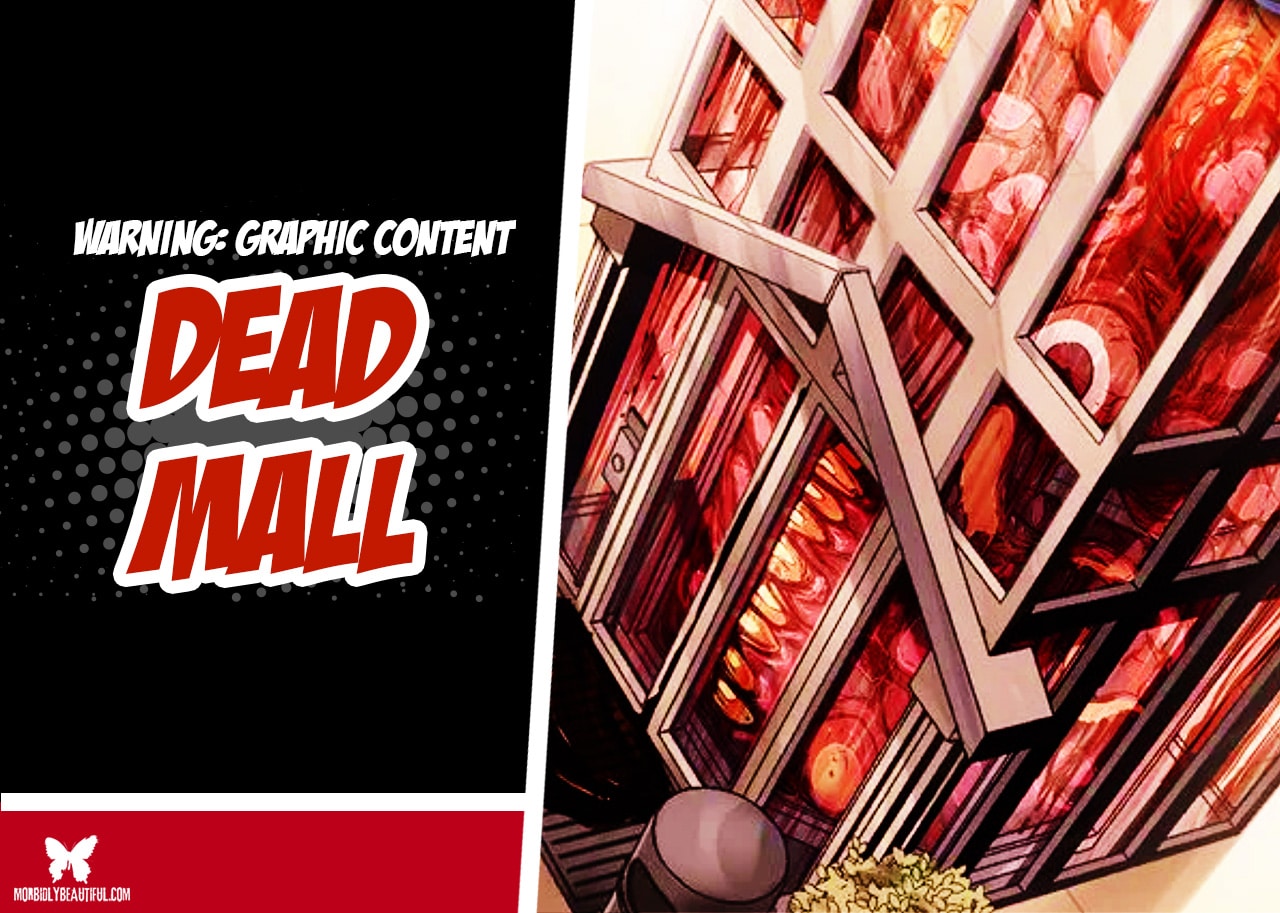
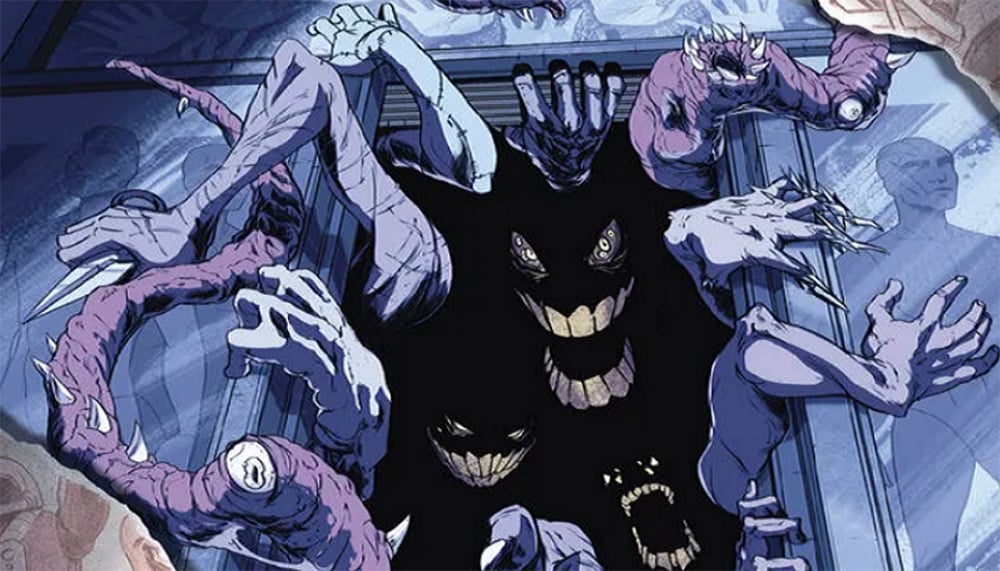
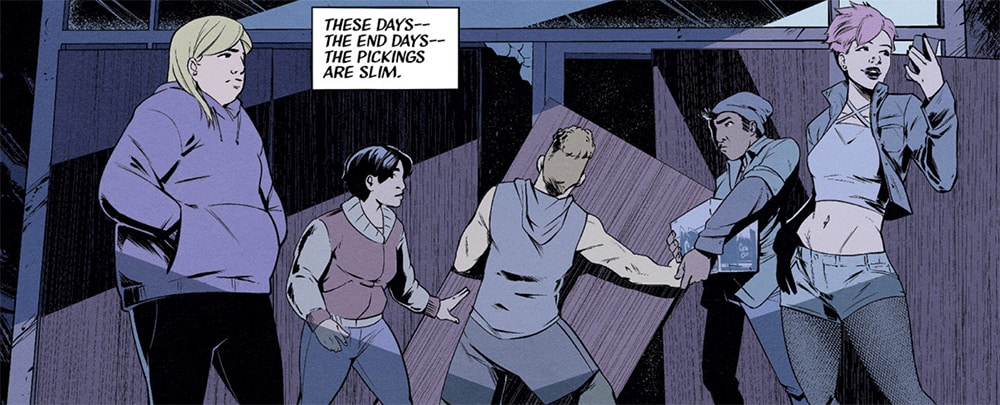
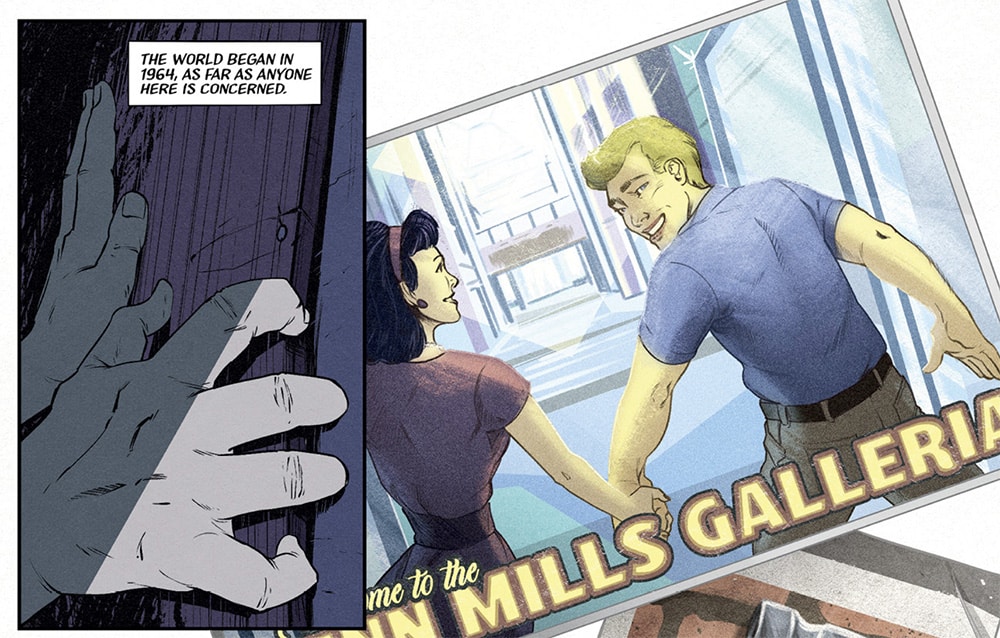
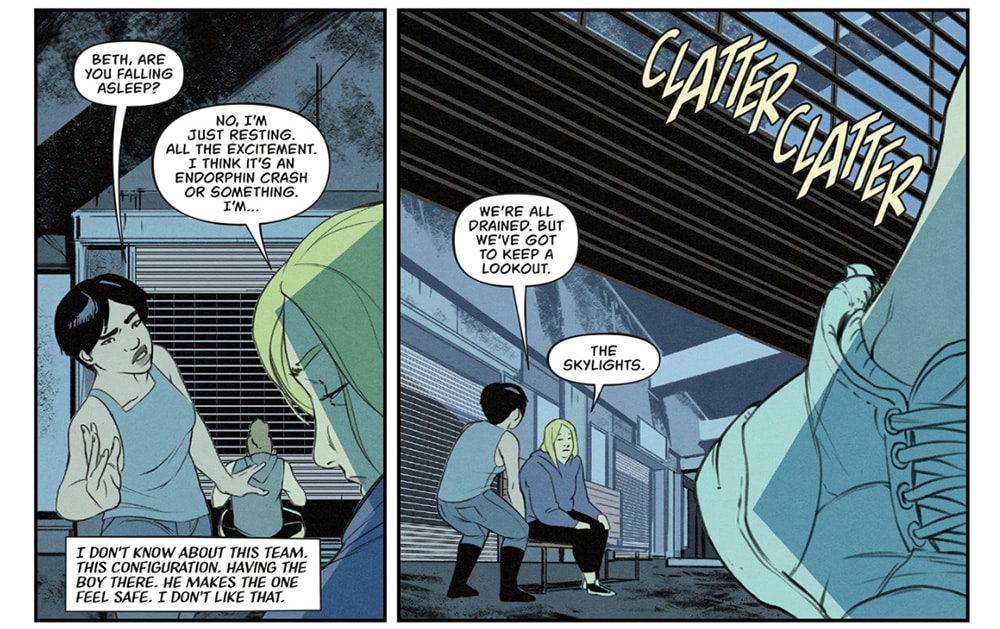
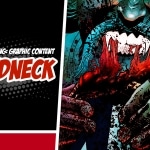
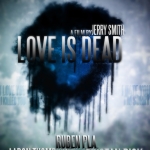
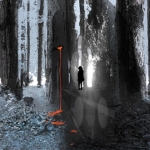
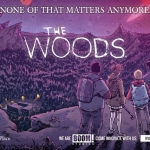







Follow Us!